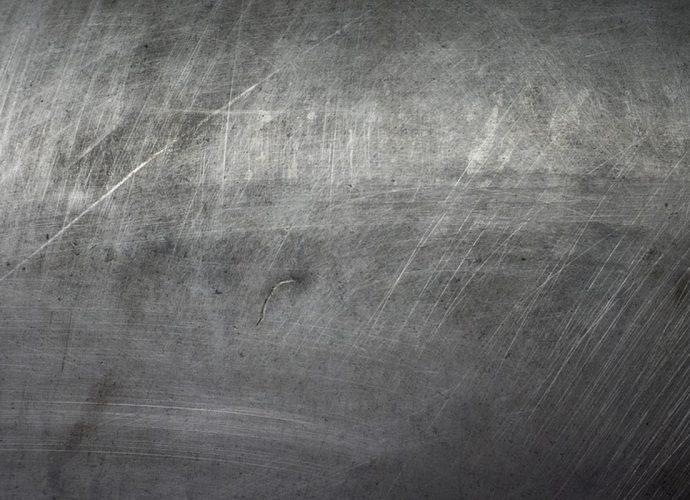Will Carbon Tetrachloride Dissolve In Water?
Smaller С atom is completely blocked off by four bulky chlorine atoms, so the water molecule can’t reach it. Larger Si is easier to attack. Another factor is that silicon is a less electronegative element than carbon, so that the Si-Cl bonds will have more polar character. Why does tetrachlorideRead More →




